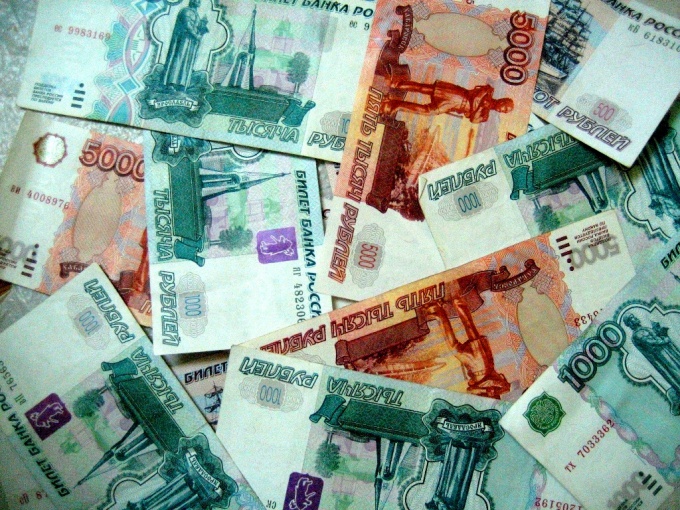Instruction
1
To calculate the total amount of revenue received from the sale of each item in the party should be by multiplying the number of products that worked (called sales), for the cost of one unit of the product from the party. Itself formula as follows:=P*q, where b is the profit, R – revenue C – cost of implementing a single product.
2
To determine the amount of revenues or the current plan period is also possible based on the prices of the base period. These prices react to obvious changes occurring in the plan period, focusing on supply and demand in the market.
3
Knowing the amount of manufacture of commodity products in the planned period, it is possible to calculate the volume of sales. This calculation scheme is as follows: the remains of products unsold from last period added in the plan, and the remainder at the end of the planning period taken away. The formula is: P=O1+T-O2. Here R is the volume of sales (planning period); O1, O2 – the remnants of unsold goods at the beginning and end of the plan period, respectively; T – the output of goods in the planned period.
Note
Do not confuse revenue and profit, since profit is the difference between private revenues and costs, incurred by the company as a result of implementation of its products.
Useful advice
On the basis of the last formula, the amount of residual product at the beginning of the year from the remaining stack of finished products in warehouses of the organization, the goods they did not pay shoppers in a timely manner, goods shipped, goods on the retention of customers.
The size of the goods remaining in the account of the company in the end of the plan year shall be subject to registration, according to the terms specified in the document. This includes regulatory residues of GP in the warehouses of the organization and the goods shipped whose period of shipment has not yet arrived.
The size of the goods remaining in the account of the company in the end of the plan year shall be subject to registration, according to the terms specified in the document. This includes regulatory residues of GP in the warehouses of the organization and the goods shipped whose period of shipment has not yet arrived.
